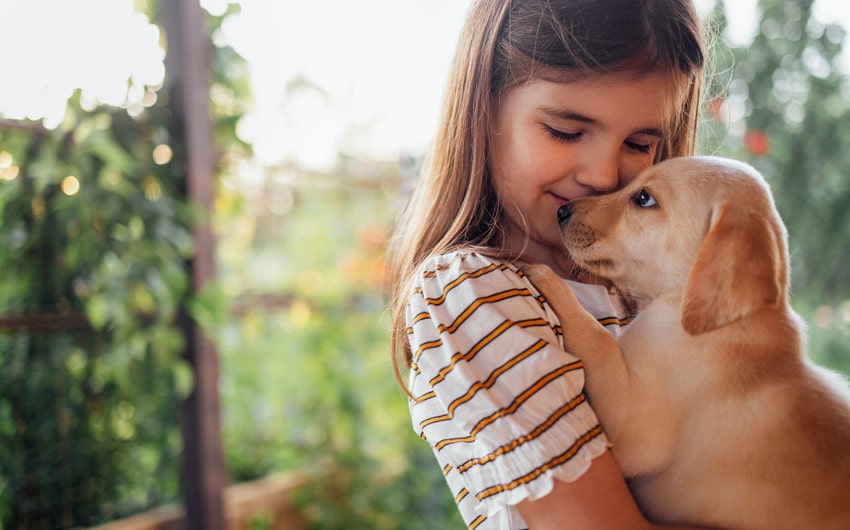Animal-Assisted Therapy for Children: The Healing Power of Pets
Animal-assisted therapy (AAT) is the use of trained animals as part of a formal therapeutic intervention for people with various conditions and needs. Research has shown that AAT can provide many benefits for children, especially those with developmental, social, emotional, or behavioural issues. Interacting with pets in a therapeutic setting can help improve outcomes in areas like communication, motor skills, focus, confidence, and more.
The Benefits of AAT for Children
Several studies have demonstrated the positive effects of animal-assisted therapy for children. Some of the main benefits include:
• Improved social skills and interaction. Working with pets encourages communication, bonding, empathy, and sharing. This can be very beneficial for children with autism, anxiety, or those who have trouble connecting with others.
• Increased motivation. Many children are more interested and engaged in therapy activities that involve a friendly animal companion. This leads to better focus, participation, and follow-through.
• Reduced stress and anxiety. Interacting with pets produces oxytocin, decreases cortisol, and induces calming effects. This helps children feel more at ease, especially in unfamiliar or overstimulating environments.
• Improved motor skills. Brushing, petting, walking, and playing with pets encourages movement and dexterity. This kind of therapeutic touch can help children with conditions like cerebral palsy.
• Increased confidence and self-esteem. Caring for a pet gives children responsibility and a sense of purpose. Achieving therapy goals alongside an animal buddy also boosts self-confidence.
Choosing a Therapeutic Pet
Selecting the right animal is crucial for safe and effective AAT. Ideal therapy pets have calm temperaments, enjoy interacting with children, and can be trained to work in healthcare settings. Some popular choices include:
• Dogs. Well-trained dogs are often used for AAT. Breeds known for their gentle nature and adaptability, like labs, retrievers, poodles and collies make great therapy dogs. Their sociable personalities allow them to bond with children during activities.
• Cats. Cats can be comforting, therapeutic companions for children. Breeds like Ragdolls and Persians often have affectionate dispositions suitable for animal therapy work.
• Horses. Equine therapy utilises horses to promote motor skills, confidence, and emotional growth in children through riding and grooming activities. Miniature horses are also popular choices due to their small size.
• Rabbits and guinea pigs. Small animals like rabbits and guinea pigs can help children learn empathy and caregiving skills. Their soft fur and relaxing nature provide sensory stimulation.
If you are fostering and considering an animal’s suitability for animal-assisted therapy, be sure to speak to your provider, like fosterplus.co.uk, for advice. Key traits to look for include friendliness, patience, trainability, and lack of aggression. An animal’s age, health, energy level, and background should also be taken into account before pursuing therapy training. Consulting with a certified AAT trainer for evaluation is recommended.
The use of pets in therapy taps into the innate human attraction to animals. AAT can engage children in ways traditional therapy may not while providing myriad developmental and psychological benefits.
With appropriate training and techniques, animal-assisted therapy can become a rewarding experience that aids children’s progress and healing. The loving bond between child and pet in the therapeutic process has the power to promote lasting health, happiness, and growth.







